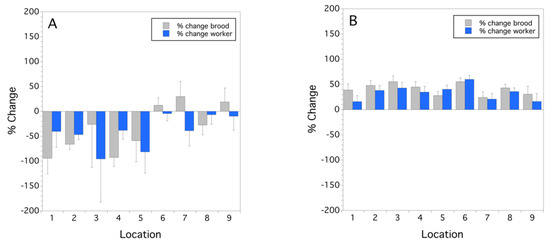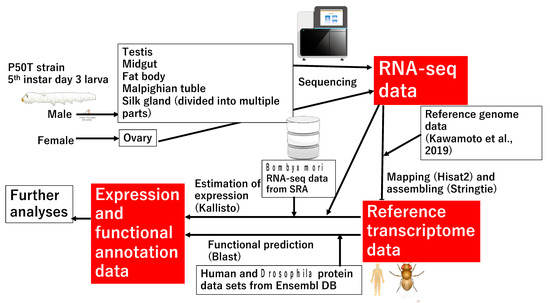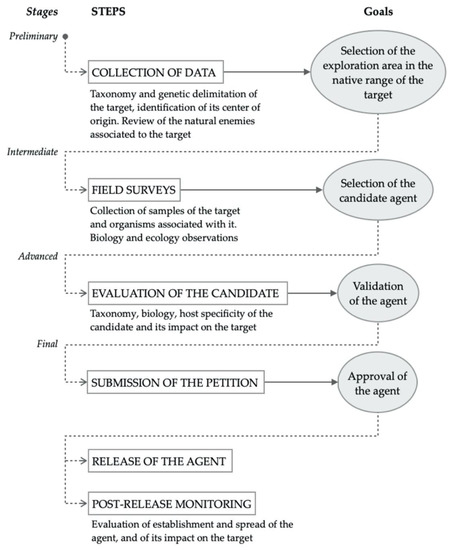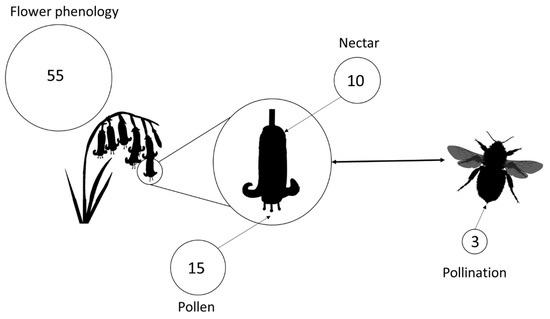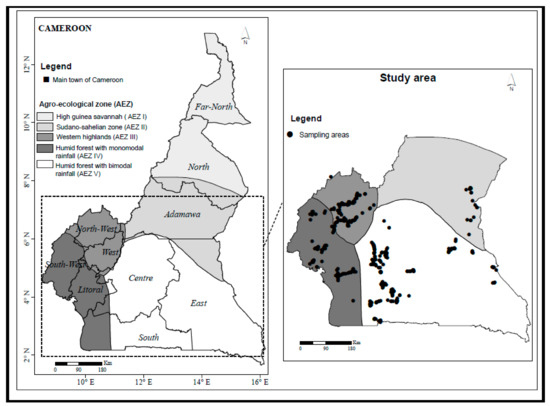Insects 2021, 12(6), 523; https://doi.org/10.3390/insects12060523 - 5 Jun 2021
Cited by 7 | Viewed by 3622
Abstract
A two-year study was conducted in Maine wild blueberry fields (Vaccinium angustifolium Aiton) on the health of migratory honey bee colonies in 2014 and 2015. In each year, three or five colonies were monitored at each of nine wild blueberry field locations
[...] Read more.
A two-year study was conducted in Maine wild blueberry fields (Vaccinium angustifolium Aiton) on the health of migratory honey bee colonies in 2014 and 2015. In each year, three or five colonies were monitored at each of nine wild blueberry field locations during bloom (mid-May until mid-June). Colony health was measured by assessing colony strength during wild blueberry bloom. Potential factors that might affect colony health were queen failure or supersedure; pesticide residues on trapped pollen, wax comb, and bee bread; and parasites and pathogens. We found that Varroa mite and pesticide residues on trapped pollen were significant predictors of colony health measured as the rate of change in the amount of sealed brood during bloom. These two factors explained 71% of the variance in colony health over the two years. Pesticide exposure was different in each year as were pathogen prevalence and incidence. We detected high prevalence and abundance of two recently discovered pathogens and one recently discovered parasite, the trypanosome Lotmaria passim Schwartz, the Sinai virus, and the phorid fly, Apocephalus borealis Brues.
Full article
(This article belongs to the Special Issue Honeybees and Wild Bees Health)
►
Show Figures
